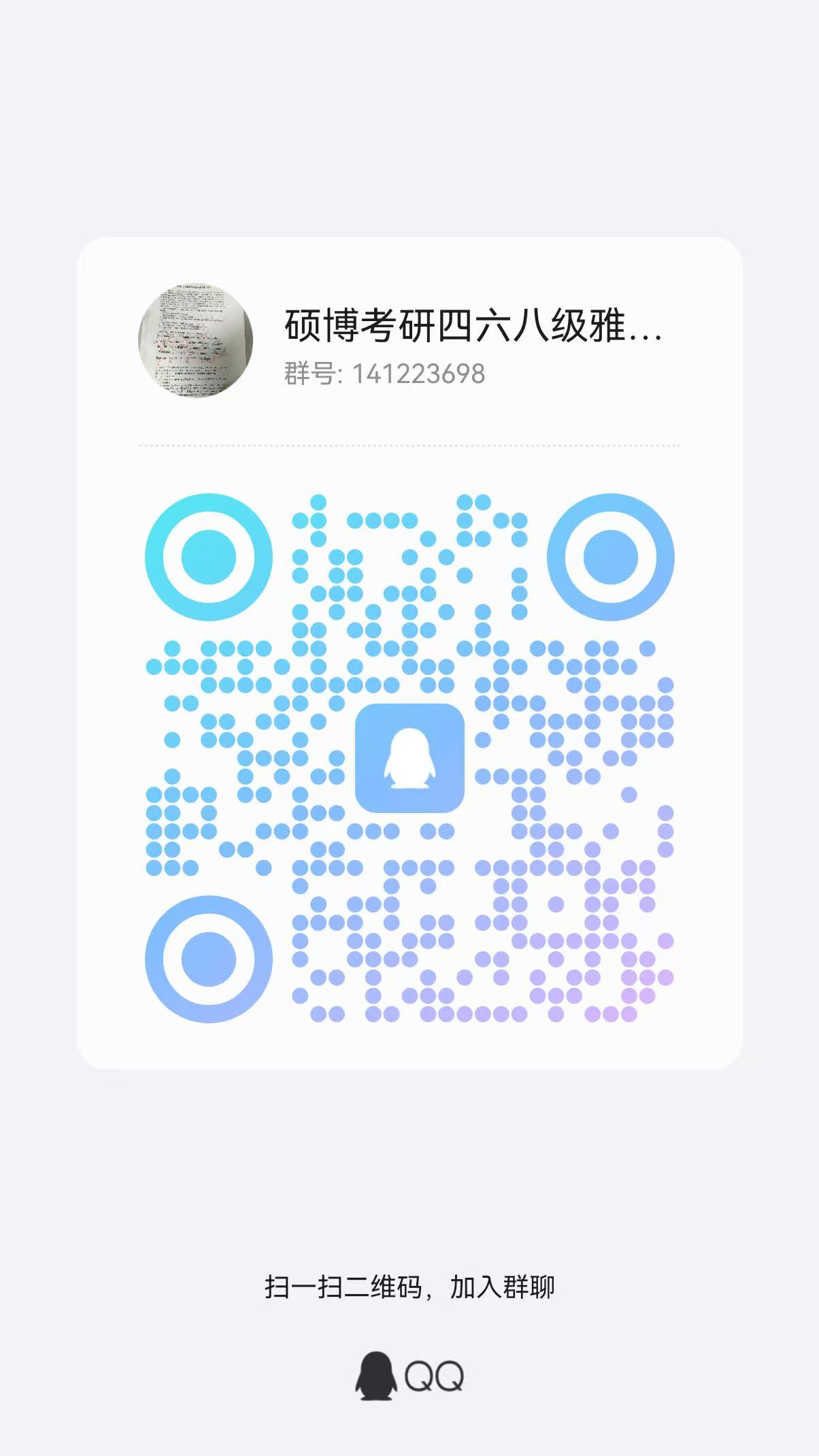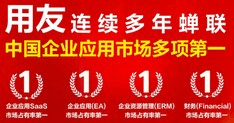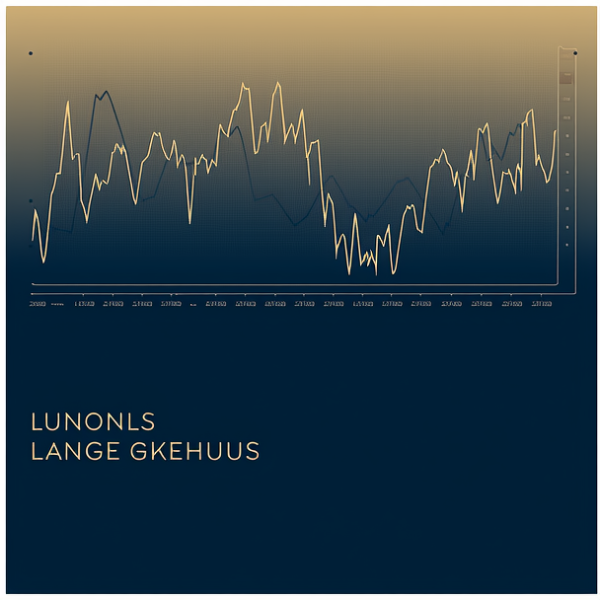🗣 SL提问: Online optimization
✍️ Ai批改: Online optimization refers to the process of optimizing a system, process, or content in realtime, based on user interactions, feedback, and data collected from the internet、It involves using data and analytics to make adjustments and improvements to a website, application, or marketing campaign while it is live and being used by users.
The goal of online optimization is to improve the performance, efficiency, and effectiveness of a digital system or process, often with the aim of increasing conversions, engagement, revenue, or other key metrics、This can be achieved through various techniques, including:
1、A/B testing: Comparing two or more versions of a webpage, application, or marketing campaign to determine which one performs better.
2、Multivariate testing: Testing multiple variables simultaneously to identify the optimal combination of elements that drive the best performance.
3、Personalization: Tailoring the user experience to individual users based on their behavior, preferences, and demographics.
4、Realtime analytics: Monitoring user behavior and metrics in realtime to identify areas for improvement.
5、Machine learning: Using algorithms to analyze data and make predictions about user behavior, allowing for automated optimization.
Online optimization can be applied to various areas, including:
1、Website optimization: Improving the user experience, conversion rates, and search engine rankings of a website.
2、Digital marketing: Optimizing online advertising campaigns, email marketing, and social media marketing for better performance.
3、Ecommerce optimization: Improving the performance of online stores, including product recommendations, pricing, and inventory management.
4、Content optimization: Optimizing content, such as text, images, and videos, for better engagement and search engine rankings.
Some common tools used for online optimization include:
1、Google Analytics: A web analytics service that provides insights into user behavior and website performance.
2、A/B testing software: Tools like Optimizely, VWO, and Unbounce that allow for the creation and testing of different versions of a webpage or application.
3、Personalization platforms: Tools like Adobe Target and Salesforce that enable personalization of the user experience.
4、Machine learning libraries: Libraries like TensorFlow and PyTorch that provide tools for building and training machine learning models.
The benefits of online optimization include:
1、Improved user experience: By optimizing a website or application, businesses can provide a better experience for their users, leading to increased engagement and loyalty.
2、Increased conversions: Online optimization can help businesses increase conversions, such as form submissions, purchases, or downloads.
3、Competitive advantage: Businesses that use online optimization can gain a competitive advantage over those that do not.
4、Datadriven decision making: Online optimization provides businesses with datadriven insights that can inform decision making.
However, online optimization also presents some challenges, including:
1、Data quality: Ensuring that data collected is accurate and reliable.
2、Technical complexity: Implementing online optimization techniques can require significant technical expertise.
3、Balancing user experience and business goals: Online optimization must balance the needs of both users and businesses.
4、Staying uptodate with changing user behavior: Online optimization requires ongoing monitoring and adaptation to changing user behavior and trends.
0
IP地址: 124.143.87.9
搜索次数: 132
提问时间: 2025-04-09 16:22:35
❓️ 热门提问:
金矿选矿设备报价
高科技ai视频
黄金护栏制造厂家
999足金多少钱回收
.cn的域名国外可以访问吗
18k金抛光
黄金回收今日回收
黄金9999怎么标志
企业制度外汇管理制度
从什么网站买药
豌豆Ai站群搜索引擎系统
🤝 关于我们:
三乐Ai
作文批改
英语分析
在线翻译
拍照识图
Ai提问
英语培训
本站流量
联系我们

📢 温馨提示:本站所有问答由Ai自动创作,内容仅供参考,若有误差请用“联系”里面信息通知我们人工修改或删除。
👉 技术支持:本站由豌豆Ai提供技术支持,使用的最新版:《豌豆Ai站群搜索引擎系统 V.25.05.20》搭建本站。
















